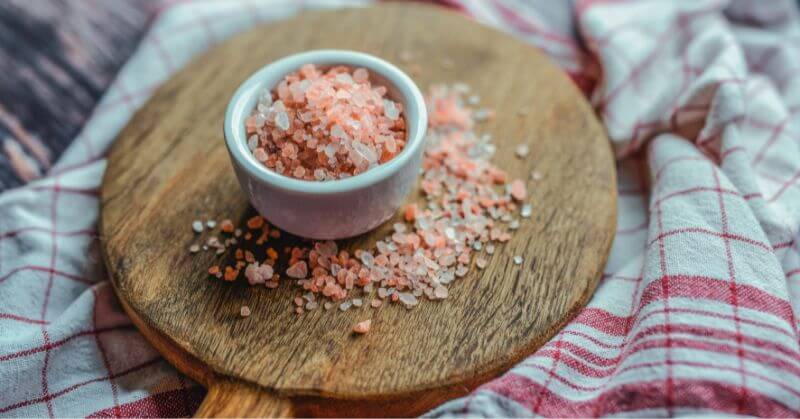Human dependence on salt is nothing new, as it has been used to preserve food and flavoring for centuries. Salt is one of the oldest seasonings and nowadays is considered the most essential ingredient in cooking. It is produced as flakes, rocks, crystals, or powders and thus has different flavors, textures, and colors. In numerous civilizations, it has for centuries been a major method of keeping edibles for a long duration. However, it is, to an extent, maize or wheat, but it is more fascinating to study their types. Did you know that over 90% of it is consumed in the form of table salt—that is probably one of the most common types? Let us explore the different types of salts and their uses.
Sea Salt
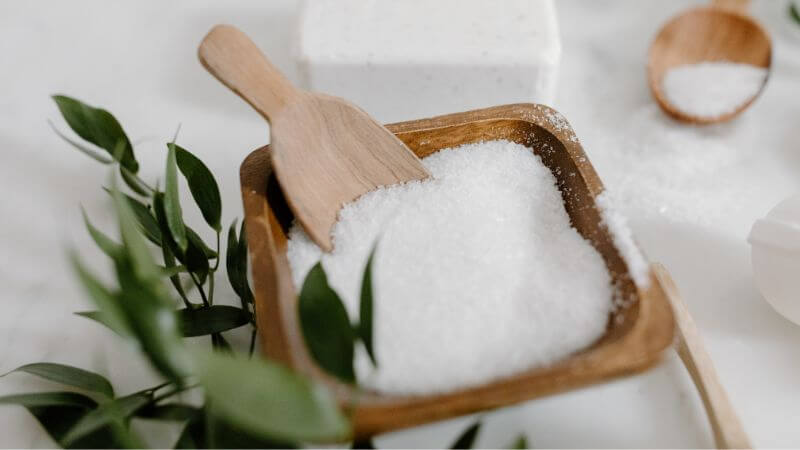
Sea Salt has been acquired by surrounding the seawater with solar panels, which ends with its precipitation. The mentioned characteristics make it much less processed, and it does contain a small quantity of other minerals like zinc, potassium, and iodine in it. These minerals are responsible for a slight difference in the coarse granules’ taste compared to common salt.
Table Salt
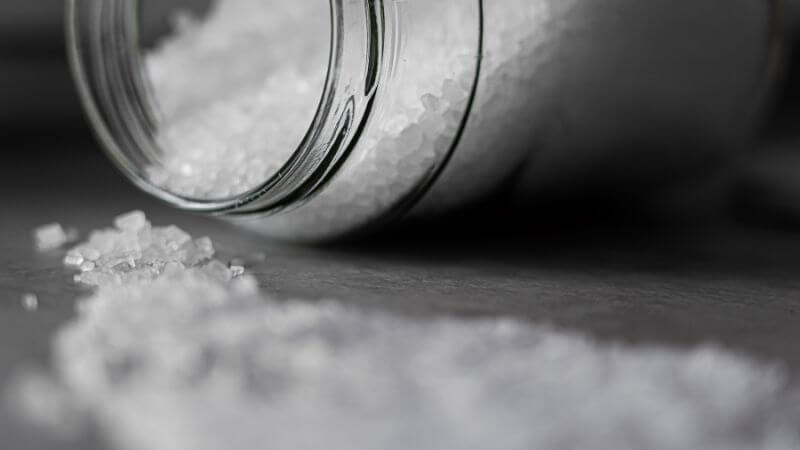
Regular table salt is widely used in everyday cooking and is considered the standard found in grocery stores. Despite its commonality, it is processed and loses minerals but contains iodine and anticaking agents. Salt straight from salt sediments lacks minerals and isn’t ideal for cooking but is commonly used as a condiment or spice for seasoning, cooking, or baking.
Flake Salt
Flake salt is a crystal with a thinner, flatter, and more delicate texture than other kinds of salt. It is obtained from several sources, including seawater, and deposits from the extraction process. Due to its gentle texture and its characteristic of dissolving completely into water, it is commonly employed as a final seasoning.
Kosher Salt
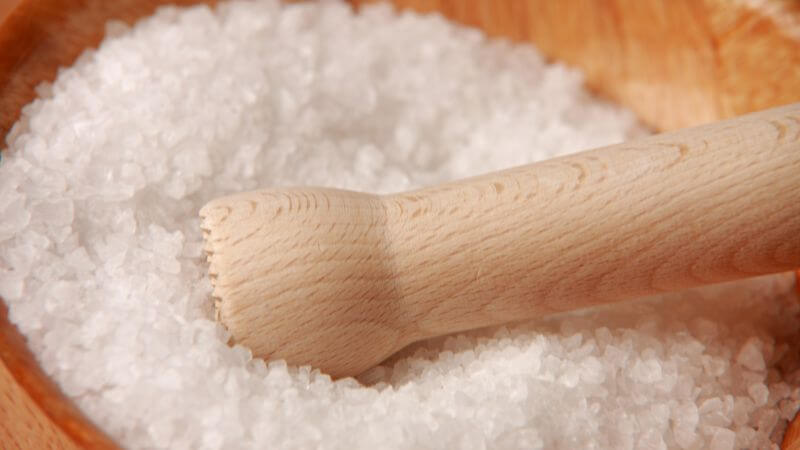
Kosher salt is coarse and unprocessed, mainly comprising sodium chloride without chemical ionization. Its large grains are perfect for seasoning meats, poultry, and salads but not for baking.
Chefs prefer it for its texture and purity, enhancing dishes with flavor and crunch. This salt is a type of rock salt, found in several countries worldwide and mined in several nations worldwide.
Himalayan Pink Salt
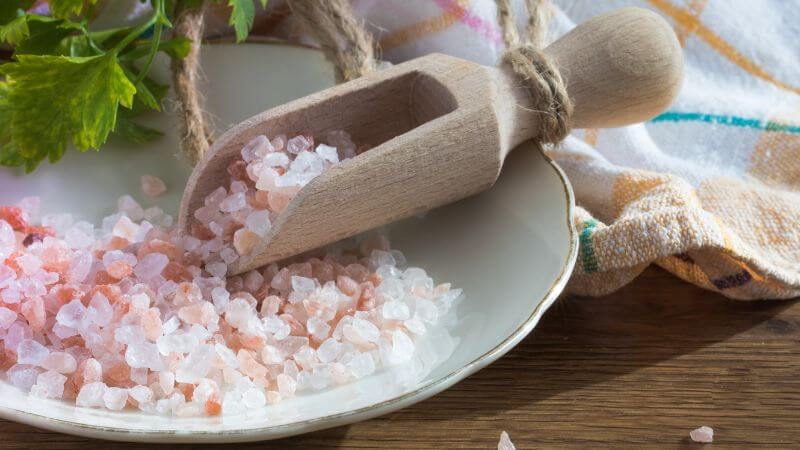
A gracefully pink salt, Pink Himalayan Salt is, just as its name indicates, extracted from the seabeds of the Himalayas. The only reason for such a particular pink color is that iron oxide minerals are present in it. Himalayan salt bolsters the role of cooking.
It’s common to use it as a finishing material or in lamps. Scientific research has contributed significantly to the development of modern therapeutics for cancer.
Fleur de Sel
“The Flower of the Sea,” or Fleur De Sel, is a precious salt harvested by hand from the top layer of salt ponds using traditional methods. Originating from Brittany, France, it is now found in Europe and North American countries.
Fleur De Sel adds a final touch of flavor and texture when sprinkled on dishes just before serving, enhancing the dining experience. Its presence symbolizes the value and artisanal craftsmanship of salt production.
Black Salt
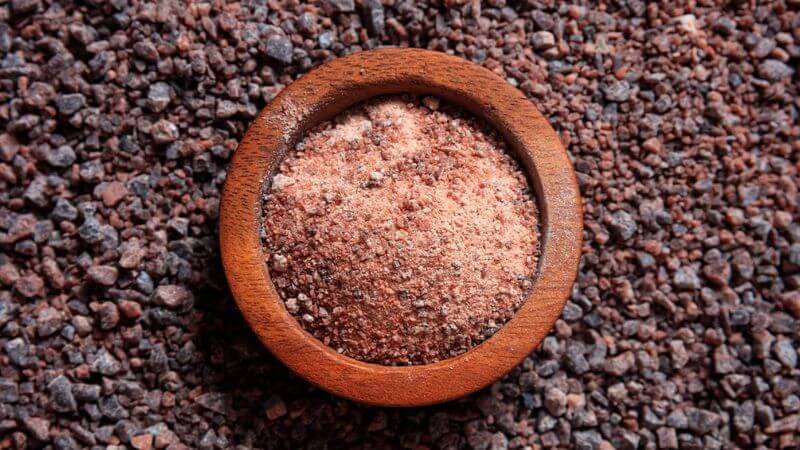
Atmakan, also known as black salt, is a type of rock salt with a distinctive sulfurous odor and a pungent taste. Its initial use in traditional Ayurvedic medicine is often accompanied by a historical story.
These are the different types of salts. Which salt do you consume daily? Let us know in the comments below.
Follow Us: Facebook | Instagram | X |
Youtube | Pinterest | Google News |
Entertales is on YouTube; click here to subscribe for the latest videos and updates.


